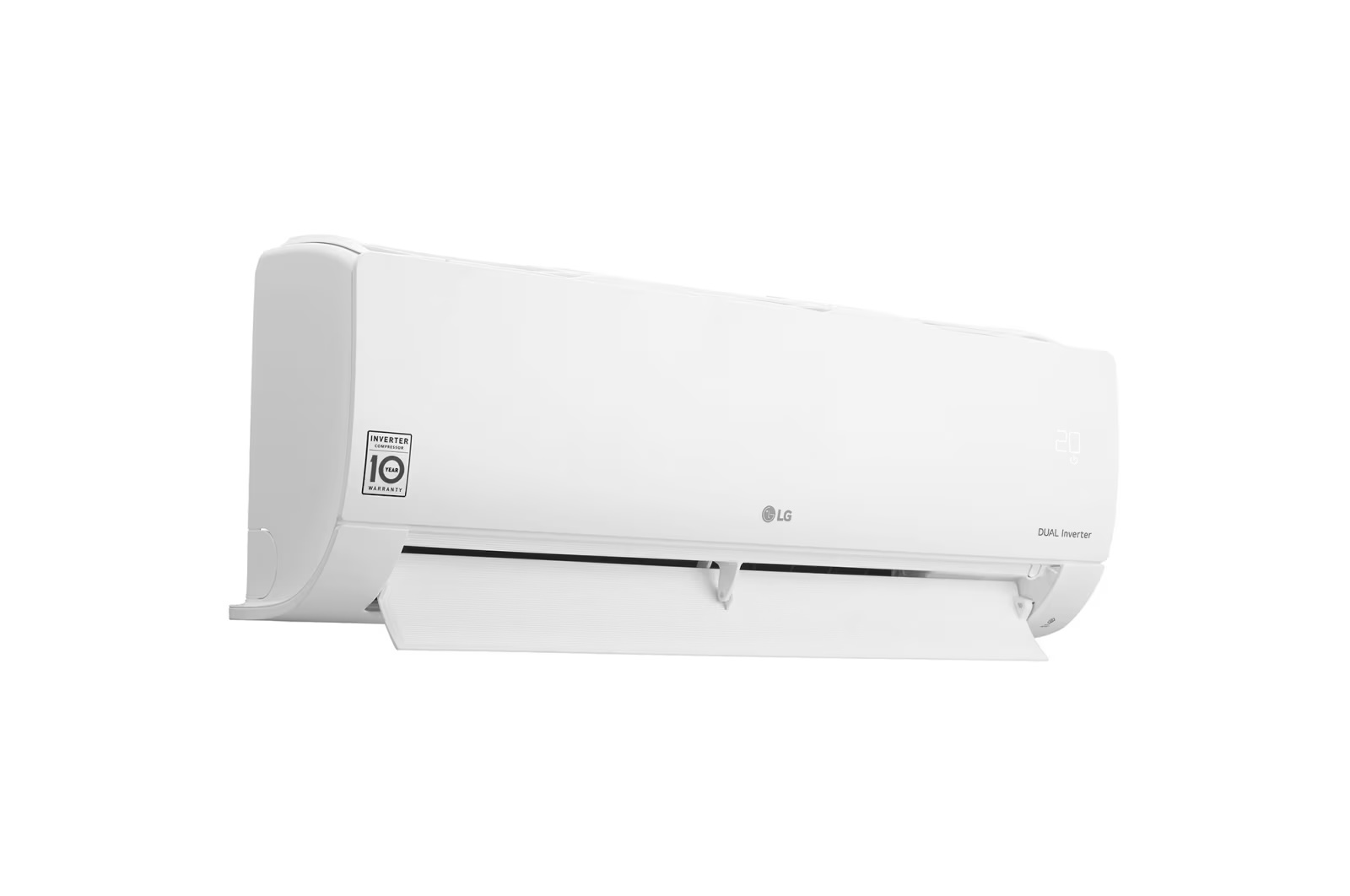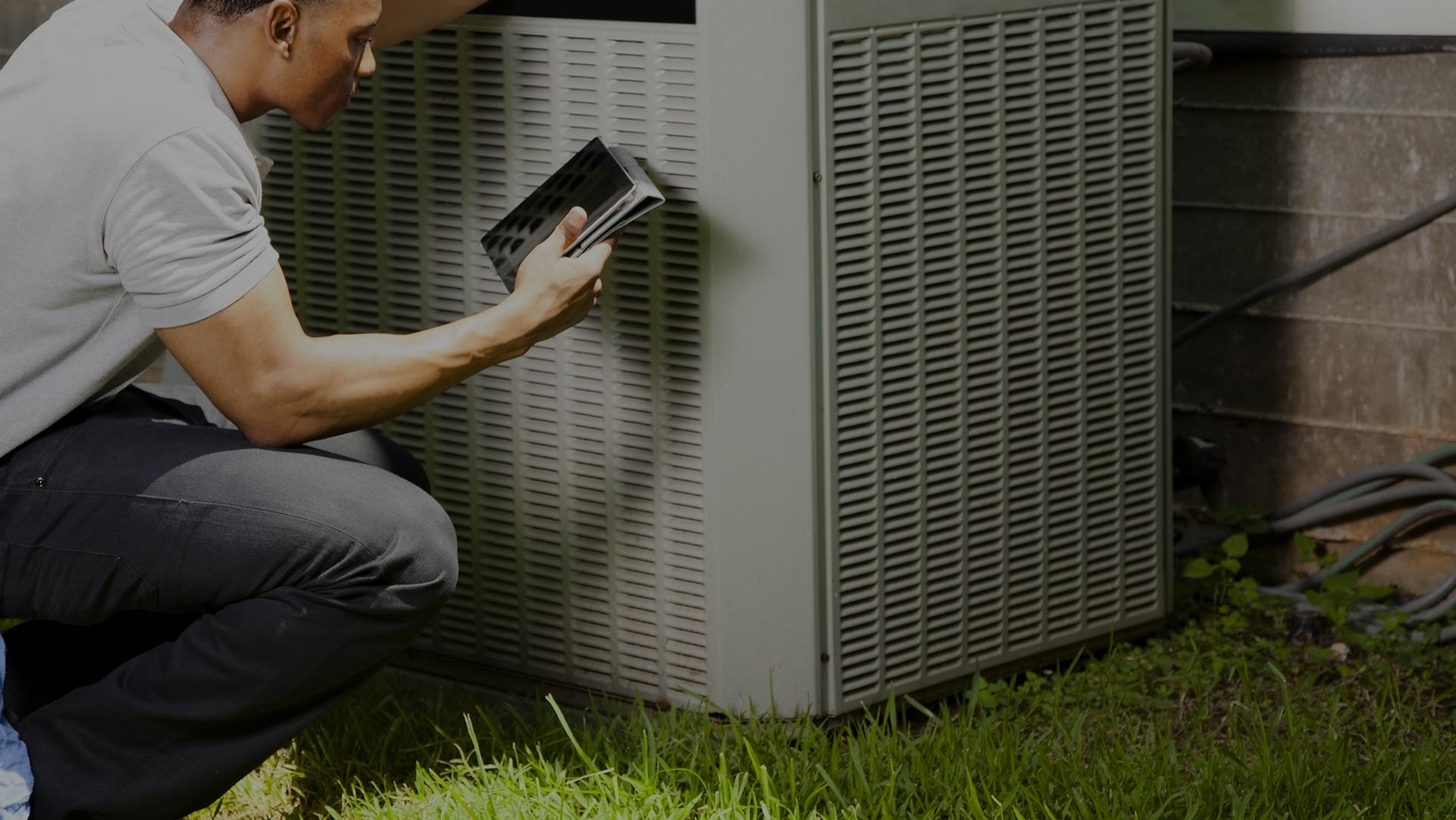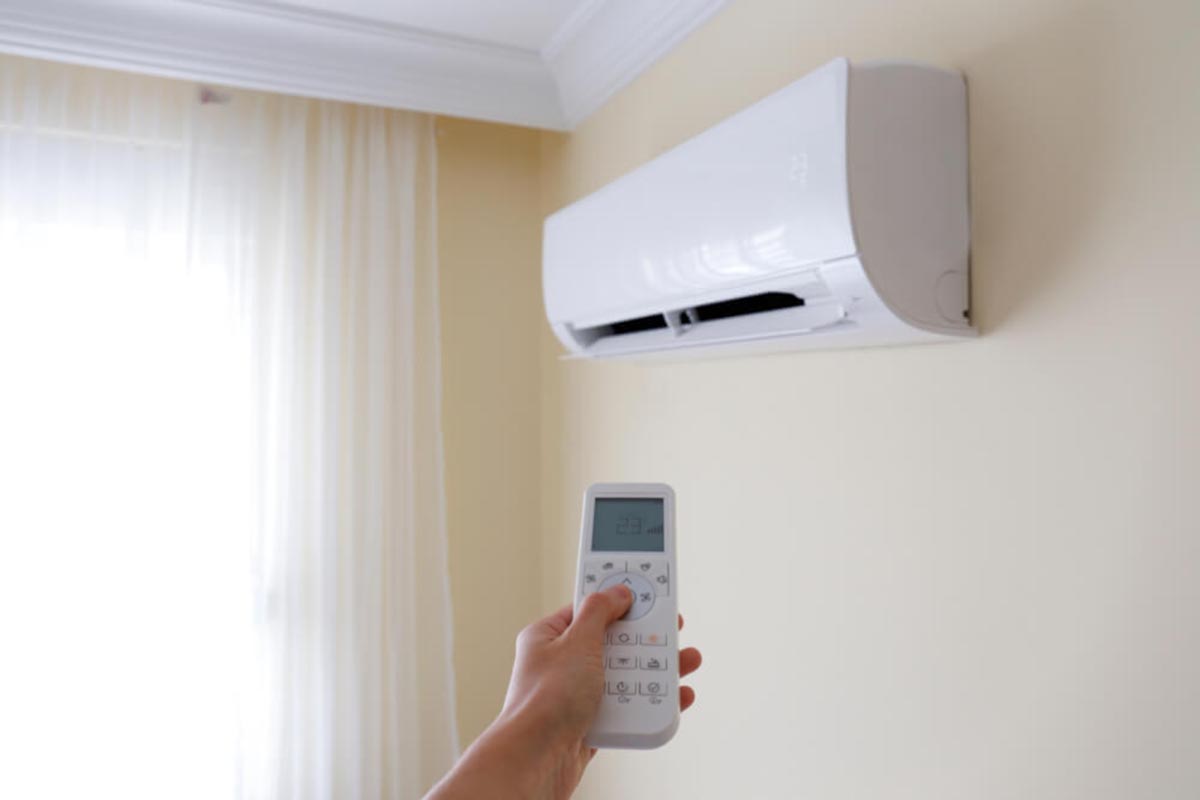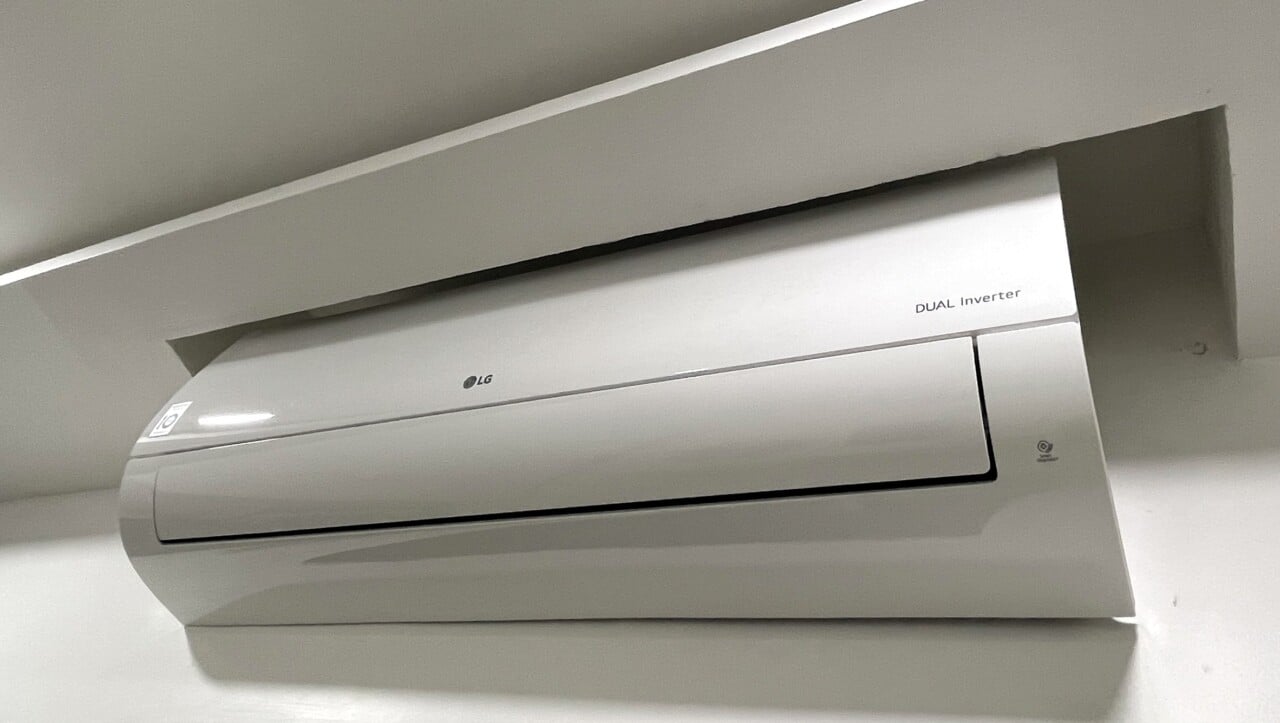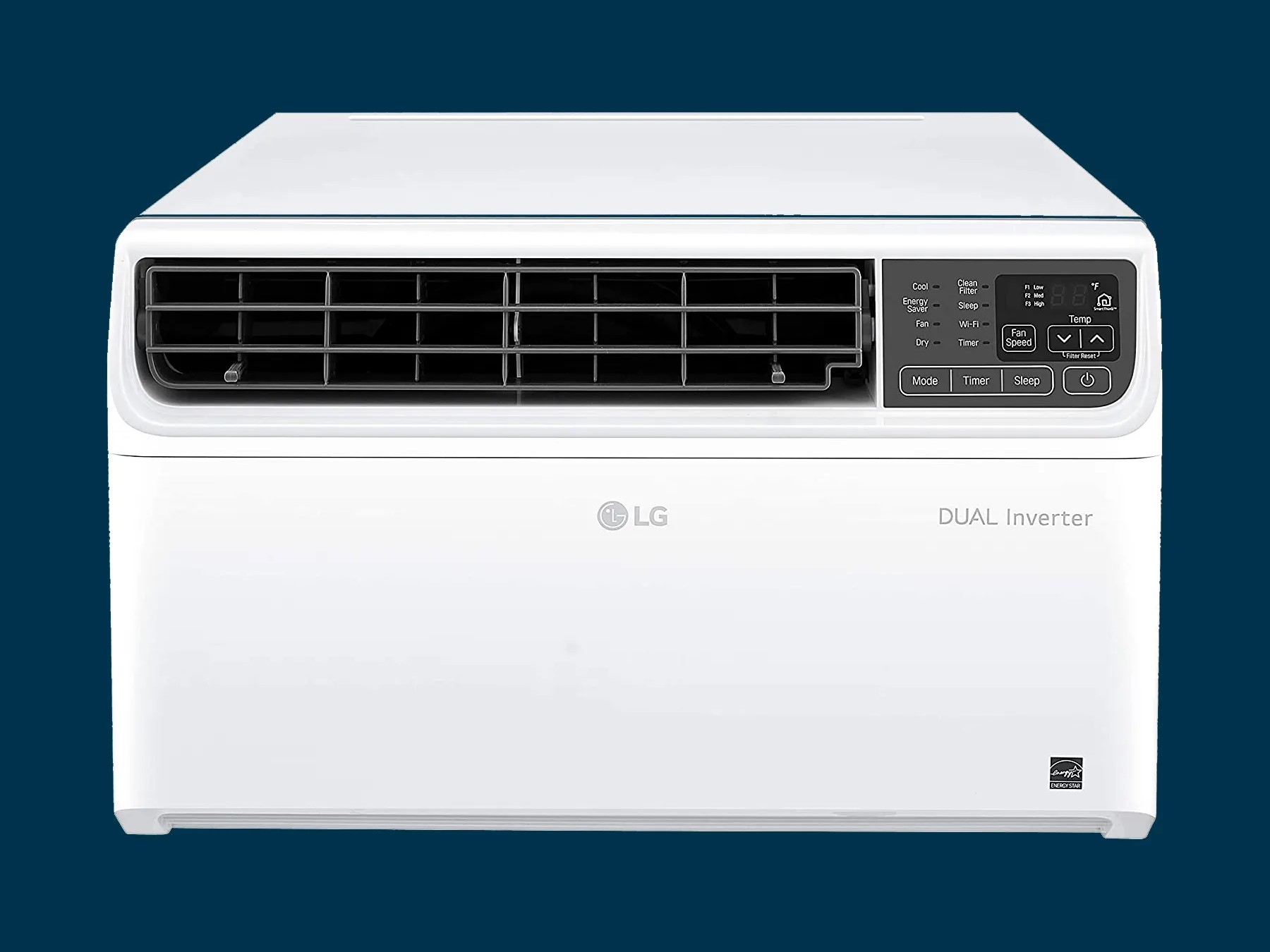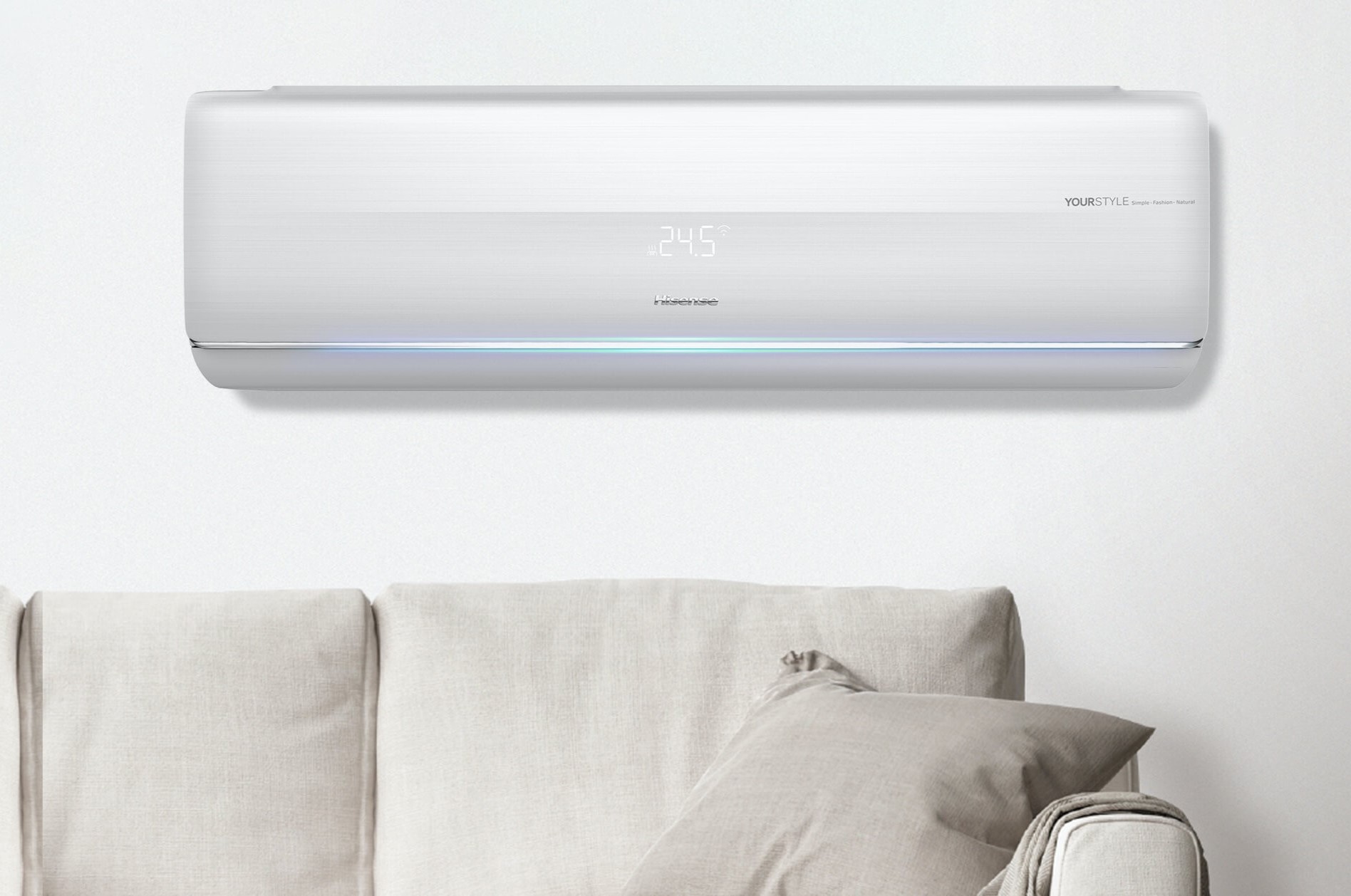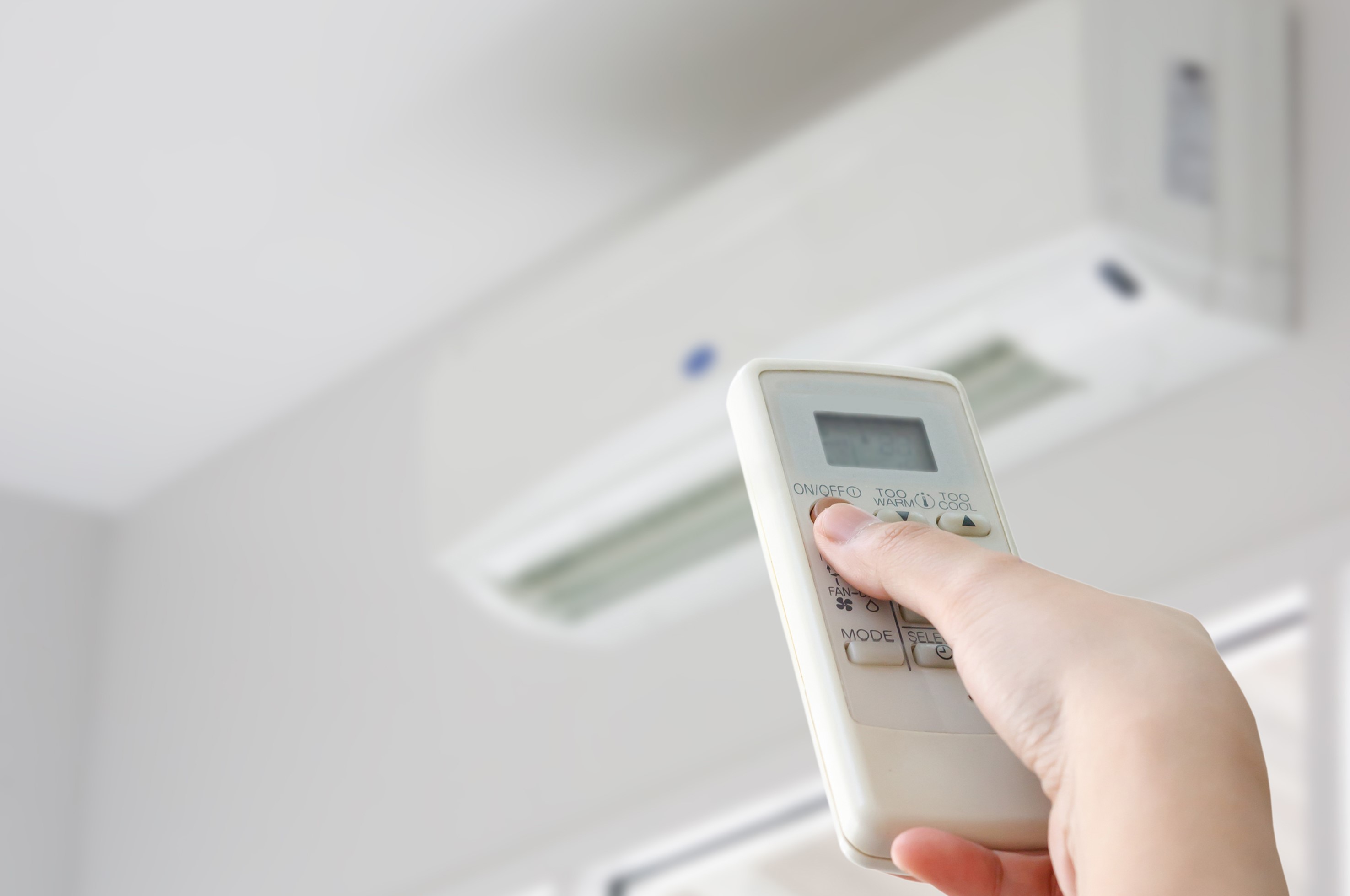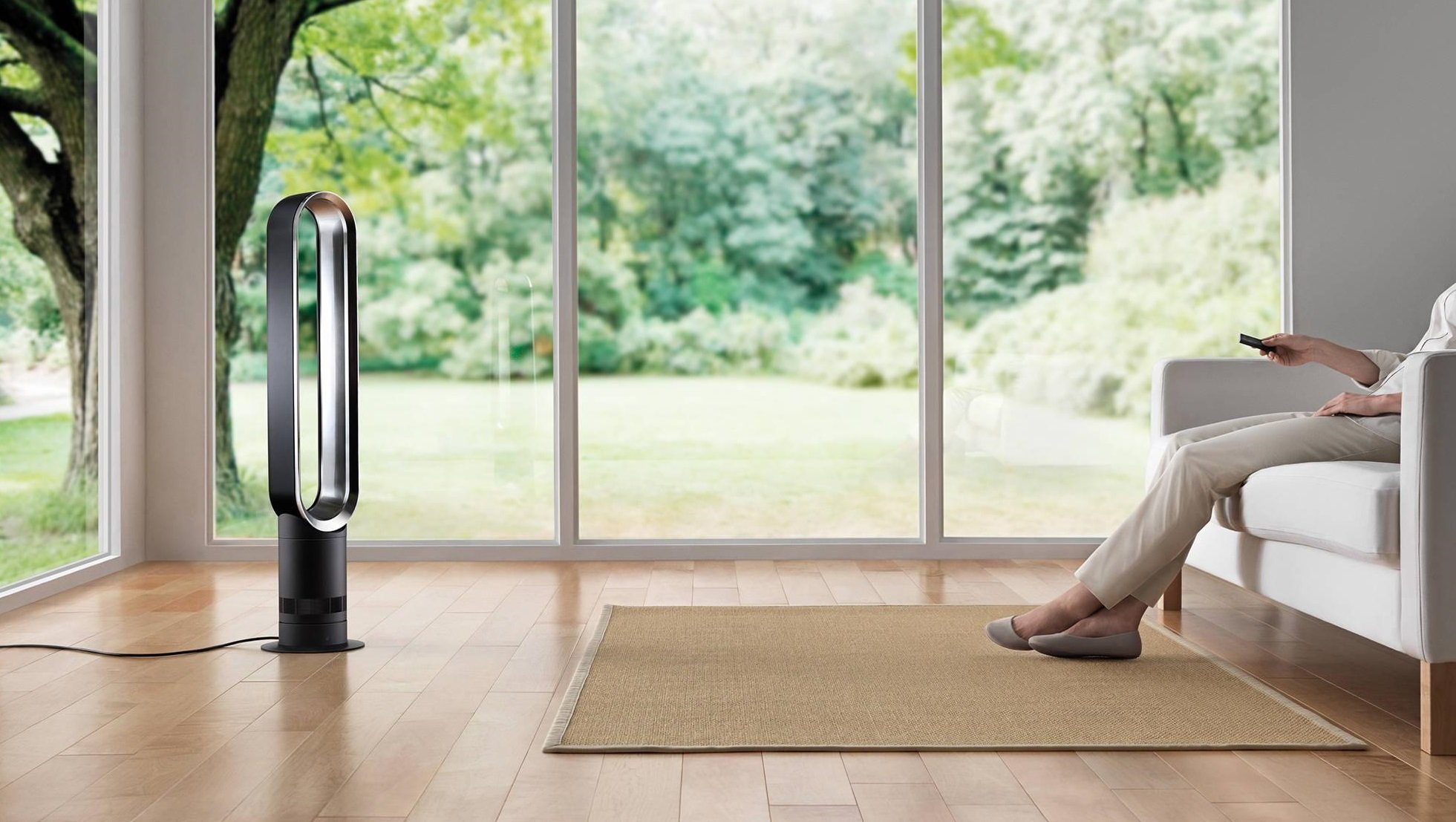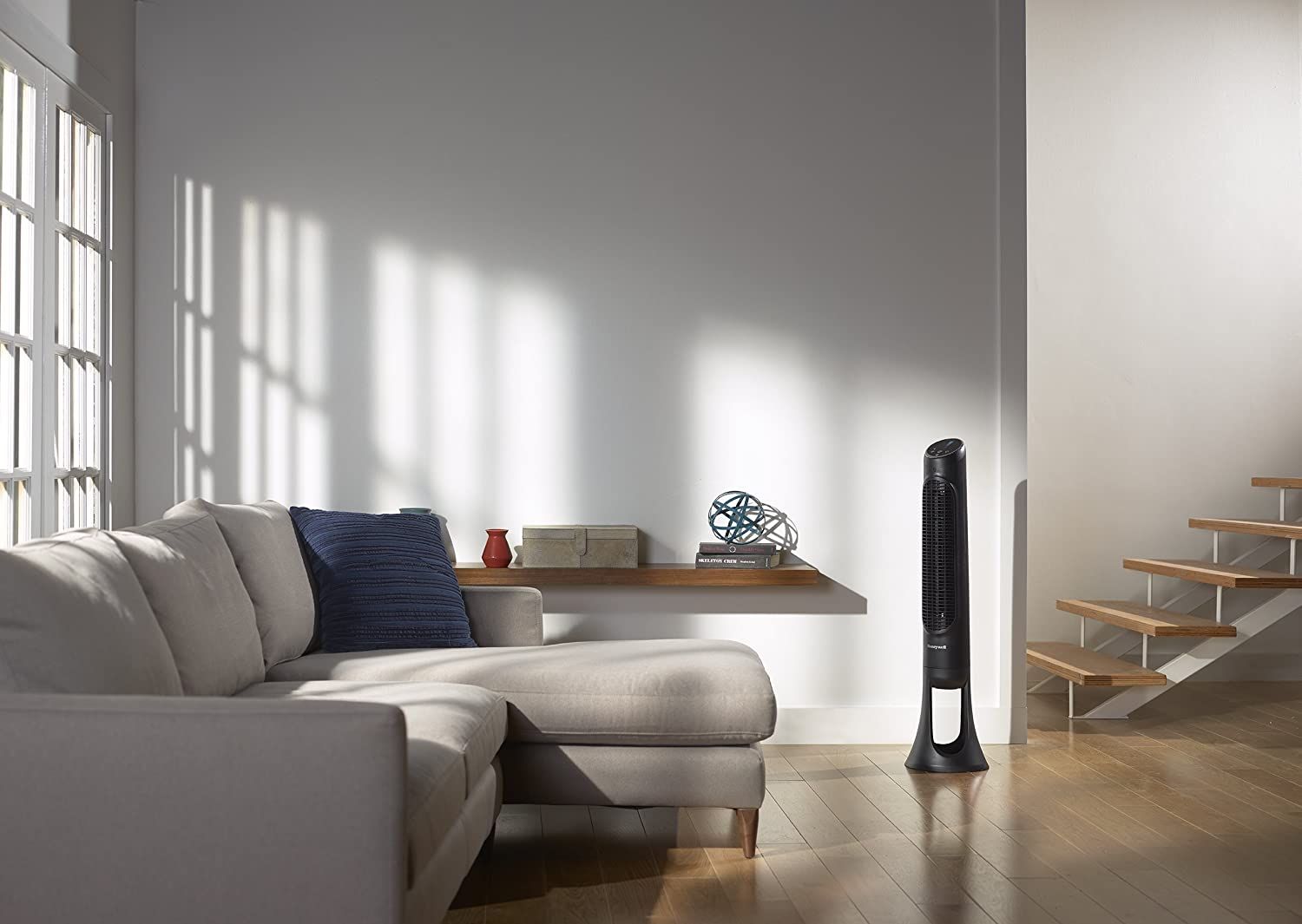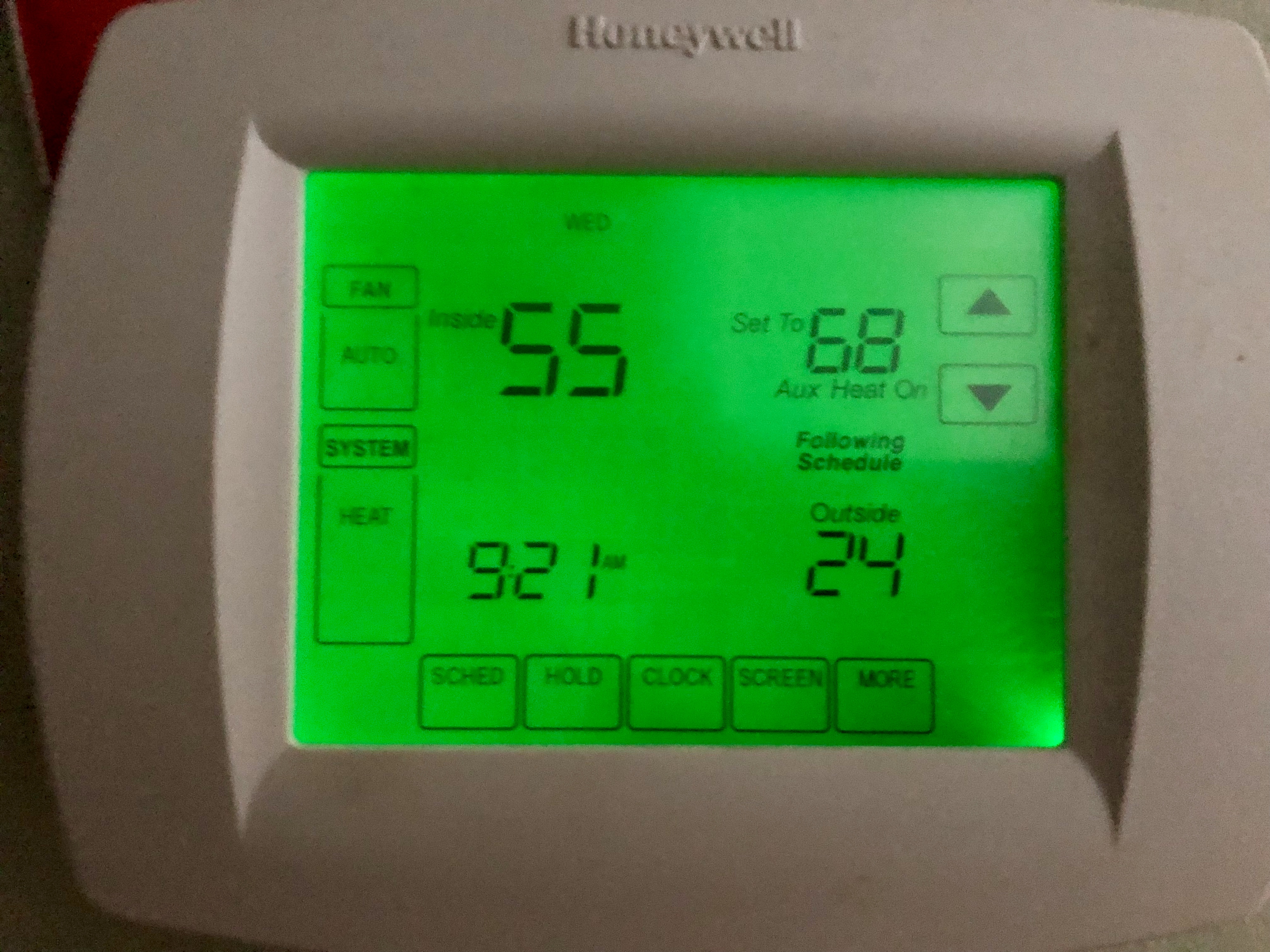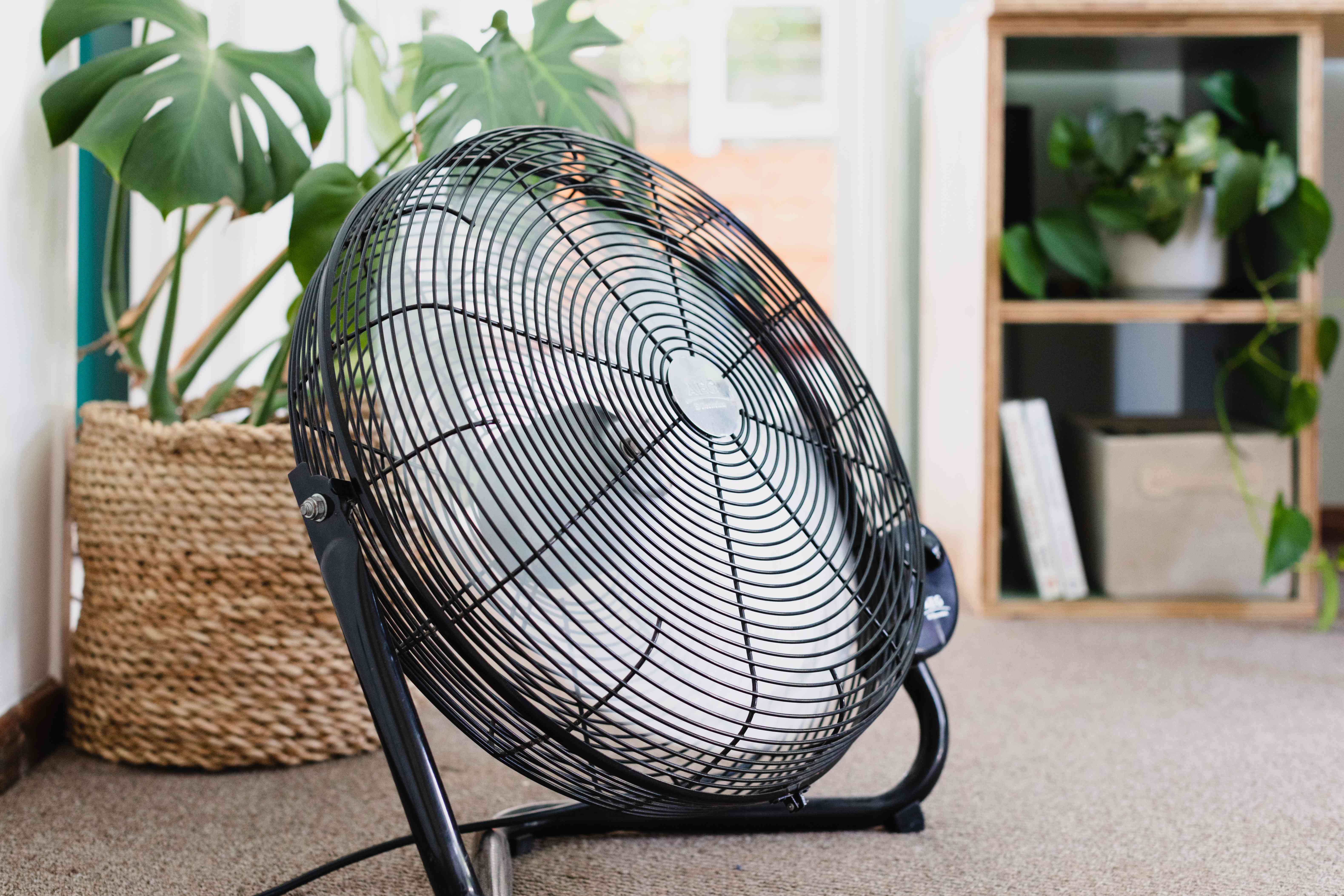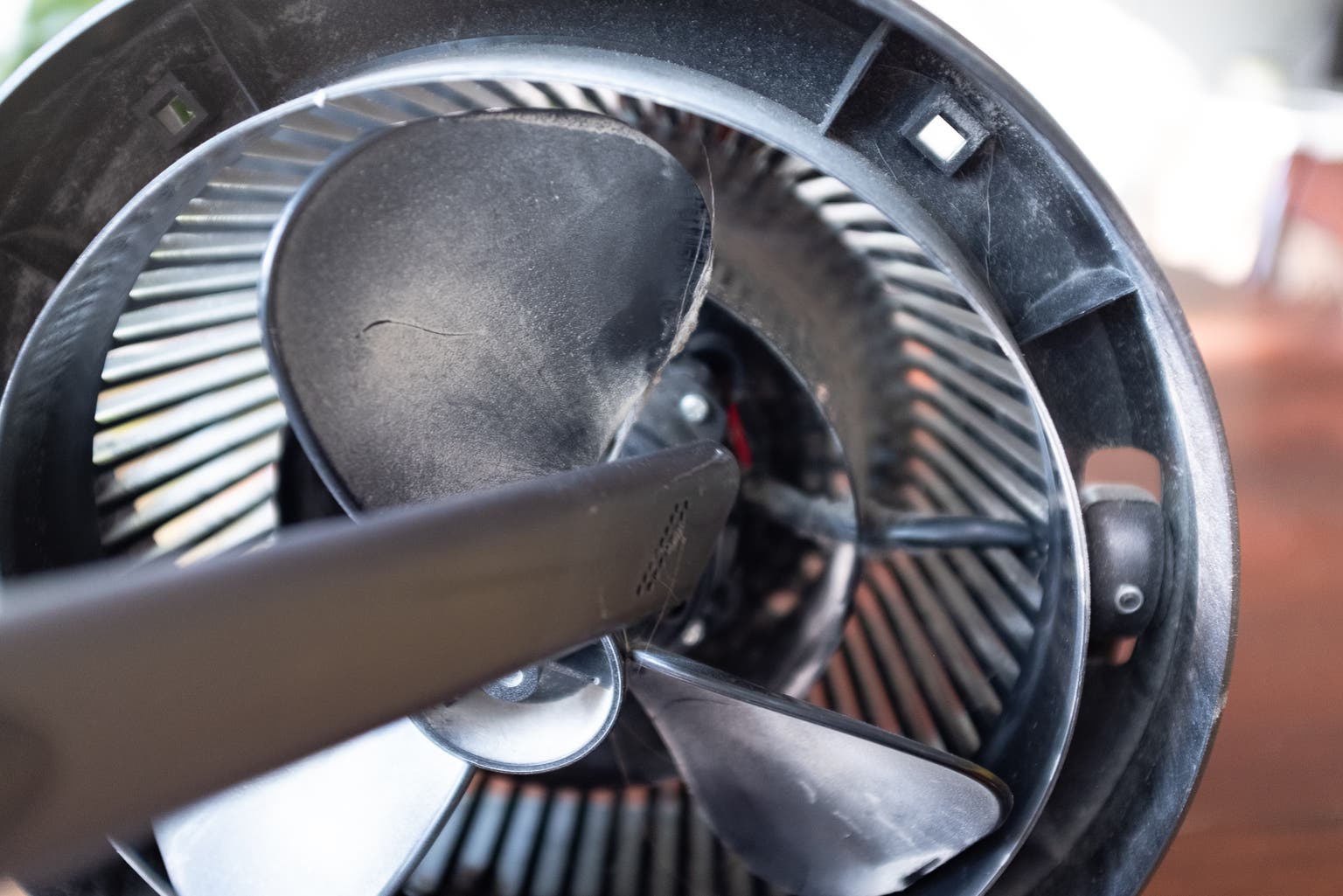Home>Home Maintenance>What Does “Fan” Mean On An Air Conditioner
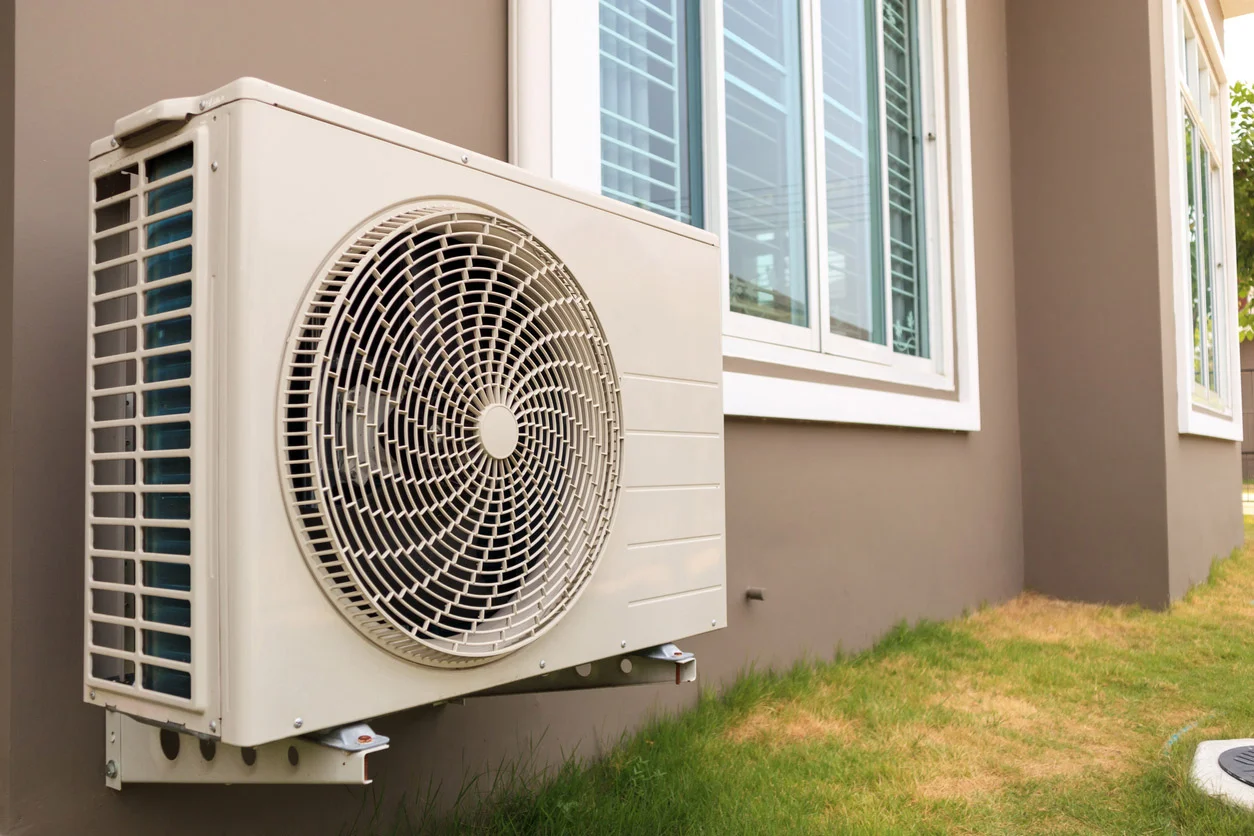

Home Maintenance
What Does “Fan” Mean On An Air Conditioner
Modified: October 19, 2024
Discover the meaning of "Fan" on an air conditioner and its significance in home maintenance. Explore how this feature can improve air circulation and energy efficiency.
(Many of the links in this article redirect to a specific reviewed product. Your purchase of these products through affiliate links helps to generate commission for Storables.com, at no extra cost. Learn more)
Introduction
Welcome to the world of air conditioners! When it comes to home maintenance, understanding how your appliances work is crucial. One of the key components of an air conditioner is the fan. You may have noticed the “fan” setting on your air conditioner, but what exactly does it mean? In this article, we will delve into the world of air conditioner fans and explore their functions, modes, and pros and cons. By the end, you’ll have a better understanding of how the fan operates and how it can optimize your air conditioner’s performance.
An air conditioner is a lifesaver during scorching summers or in regions with high temperatures. It cools the air, making your living space comfortable and enjoyable. But behind its cooling power, there are several mechanisms at work, and the fan plays a crucial role in this process.
The purpose of the fan in an air conditioner is to circulate air throughout the room. It works in tandem with the other components to ensure optimal airflow and temperature control. By understanding the functions and modes of the fan, you can effectively use your air conditioner to create a comfortable indoor environment while conserving energy.
So let’s dive in and explore what the “fan” setting on an air conditioner really means, how it functions, and the various modes you can use to maximize its benefits.
Key Takeaways:
- The fan in an air conditioner circulates air, distributes cool air evenly, and improves air quality by filtering out dust and allergens. It plays a crucial role in maintaining a comfortable indoor environment.
- Different fan modes on air conditioners offer flexibility in controlling airflow and temperature, providing options for energy efficiency, noise level, and air circulation.
Read more: What Does “Auto” Mean On An Air Conditioner
Understanding Air Conditioners
Before we delve into the specifics of air conditioner fans, let’s take a moment to understand the basic workings of an air conditioner. Air conditioners are designed to regulate temperature and humidity levels in indoor spaces, creating a more comfortable environment.
An air conditioner works by removing heat from the indoor air and expelling it outside. It does this through a refrigeration cycle that involves the use of various components, including the compressor, condenser, evaporator, and refrigerant. These components work together to cool the air, dehumidify it, and circulate it throughout the room.
When you turn on your air conditioner, the fan starts running, playing a vital role in the cooling process. The fan draws indoor air into the unit, passes it over the evaporator coils, and then circulates the cooled air back into the room. In addition to cooling, the fan also helps distribute the conditioned air evenly, ensuring a consistent temperature throughout the space.
Now that we have a basic understanding of how air conditioners work, let’s explore the specific purpose of the fan and its functions in more detail.
The Purpose of a Fan in an Air Conditioner
The fan in an air conditioner serves several important purposes. Its primary function is to circulate air throughout the room, ensuring that the cooled air reaches every corner of the space. Without the fan, the cool air produced by the air conditioner would remain near the unit, leaving other areas of the room warm and uncomfortable.
By circulating the air, the fan helps to equalize the temperature in the room, creating a more comfortable environment. It prevents hot spots and ensures that every part of the space receives the benefits of the cooling process. Additionally, the fan also helps in maintaining a consistent humidity level by aiding in the dehumidification process.
In addition to enhancing air circulation, the fan also plays a role in improving indoor air quality. It helps to filter the air, removing dust, allergens, and pollutants. The air passes through the air filter as it circulates, capturing particles and improving the overall air quality in the room. This is especially beneficial for individuals with allergies or respiratory conditions.
Another purpose of the fan is to assist in the heat exchange process. As the warm air enters the air conditioner, it passes over the evaporator coils. The fan helps to remove the heat from the coils, allowing the refrigerant inside to absorb the heat and cool down the air. The fan then expels the heat outside through the condenser unit, ensuring efficient cooling.
So, in summary, the main purpose of the fan in an air conditioner is to circulate the air, distribute the cooled air evenly throughout the room, aid in dehumidification, improve air quality, and assist in the heat exchange process.
Functions of the Fan on an Air Conditioner
The fan on an air conditioner serves multiple important functions that contribute to the overall performance and efficiency of the unit. Let’s explore these functions in more detail:
- Air circulation: As mentioned earlier, the primary function of the fan is to circulate the air in the room. It draws in the indoor air and passes it over the evaporator coils, where it is cooled. The fan then distributes this cooled air throughout the space, ensuring that every corner receives the benefits of the air conditioning process.
- Humidity control: The fan also plays a role in dehumidification. As the warm air enters the air conditioner, it passes over the cold evaporator coils. This causes moisture in the air to condense, reducing the humidity level. The fan helps to circulate this dehumidified air, creating a more comfortable and less humid indoor environment.
- Air filtration: Another important function of the fan is air filtration. As the air circulates through the air conditioner, it passes through an air filter. The filter traps dust, pollen, pet dander, and other airborne particles, improving the indoor air quality. Regularly cleaning or replacing the air filter is essential to ensure the proper functioning of the fan and maintain good air quality.
- Heat exchange assistance: The fan assists in the heat exchange process of the air conditioner. It helps to remove the heat absorbed by the evaporator coils and transfers it to the condenser unit. This enables the refrigerant inside the coils to absorb more heat and generate cooler air. The fan expels the heat outside, allowing the cooling cycle to continue efficiently.
- Lasting compressor: The fan also plays a role in protecting the compressor of the air conditioner. The compressor is the heart of the system, and by constantly circulating the air, the fan helps to prevent the compressor from overheating. By maintaining proper airflow, the fan ensures the longevity and optimal performance of the compressor.
These functions highlight the importance of the fan in maintaining a comfortable indoor environment and optimizing the cooling performance of the air conditioner.
Different Fan Modes on Air Conditioners
Air conditioners typically offer different fan modes, allowing you to customize the airflow according to your preferences and needs. Let’s explore the most common fan modes found in air conditioners:
- Auto Mode: In auto mode, the fan speed is automatically adjusted by the air conditioner based on the temperature set on the thermostat. The fan speed may increase or decrease as needed to maintain the desired temperature. This mode is convenient as it allows the air conditioner to make adjustments on its own, providing optimal comfort and energy efficiency.
- Cool Mode: In cool mode, the fan runs at a higher speed to circulate the cool air throughout the room. This mode is commonly used during hot summer months when the primary goal is to lower the indoor temperature. The higher fan speed helps to distribute the cooled air faster, cooling down the room more quickly.
- Low Mode: The low mode is suitable for situations when you want a gentle and quiet airflow. The fan runs at a lower speed, producing a softer breeze. This mode is ideal for nighttime use or when you want a more subtle cooling effect without the noise typically associated with higher fan speeds.
- High Mode: The high mode is the opposite of the low mode. It runs the fan at its highest speed, providing a powerful airflow. This mode is useful when you want to cool the room rapidly or if you require strong ventilation. However, keep in mind that the higher fan speed may produce more noise.
- Fan Only Mode: In fan-only mode, the air conditioner operates solely as a fan without any cooling or dehumidifying functions. This mode is useful when you want to circulate the air in the room without lowering the temperature. It can be beneficial during cooler weather or when you want to save energy by using the fan alone without running the compressor.
These different fan modes offer flexibility in controlling the airflow and temperature in your space, allowing you to tailor the air conditioner’s operation to your comfort needs.
The “fan” setting on an air conditioner circulates the air in the room without cooling it. This can be useful when you just want to keep the air moving without making it colder.
Pros and Cons of Using the Fan Mode on an Air Conditioner
Using the fan mode on an air conditioner comes with its own set of advantages and disadvantages. Let’s explore the pros and cons of using the fan mode:
Pros:
- Energy Efficiency: When using the fan-only mode, without running the compressor and cooling function, you can conserve energy. This is especially useful during cooler weather when you still want air circulation without the need for cooling.
- No Noise: The fan-only mode operates with a lower noise level compared to other modes that involve the compressor. If you prefer a quieter environment, using the fan-only mode can provide a gentle breeze without the noise associated with cooling modes.
- Air Circulation: The fan mode helps to circulate the air in the room, promoting better air ventilation and reducing stuffiness. This can be particularly beneficial if you have several occupants in the space or if you want to distribute the conditioned air evenly throughout the room.
- Indoor Air Quality: The fan mode, even without cooling, helps to filter the air as it circulates through the air conditioner. This can improve the indoor air quality by capturing dust, pollen, and other airborne particles, thus benefitting individuals with allergies or respiratory conditions.
- Flexibility: Having the option to switch to fan-only mode provides flexibility in how you use your air conditioner. Depending on the weather and your specific preferences, you can choose to use the fan mode alone or in combination with cooling or dehumidifying functions, providing greater control over your indoor environment.
Cons:
- No Cooling or Dehumidification: The main drawback of using the fan mode is that it does not provide the cooling or dehumidification benefits of other modes. If you require a colder environment or need to lower the humidity level, using the fan-only mode may not satisfy your needs.
- Less Airflow: The fan-only mode typically operates at a lower speed compared to cooling modes. While this may be desirable for some who prefer a gentler airflow, it may not be sufficient for those seeking a stronger breeze or rapid cooling.
- No Temperature Control: Using the fan-only mode alone does not allow you to control the room temperature. If maintaining a specific temperature is important to you, relying solely on the fan mode may not be sufficient.
Consider these pros and cons when deciding whether to utilize the fan mode on your air conditioner. It’s important to weigh your comfort preferences, energy efficiency goals, and the specific needs of your indoor environment.
Conclusion
Understanding the importance of the fan in an air conditioner is key to optimizing the performance and comfort of your cooling system. The fan plays a crucial role in circulating air, distributing cool air evenly throughout the room, and aiding in dehumidification. It also helps to improve indoor air quality by filtering out dust and allergens. By understanding the functions and modes of the fan, you can make informed choices about how to use your air conditioner effectively.
When it comes to fan modes, consider the advantages and disadvantages of each option. Auto mode provides convenience and energy efficiency by adjusting the fan speed based on the set temperature. Cool mode offers faster cooling by running the fan at a higher speed. Low mode provides a gentle and quiet airflow, while high mode delivers a powerful breeze for quick cooling. Fan-only mode allows for energy conservation, better air circulation, and improved air quality.
Keep in mind that using the fan-only mode may not provide the cooling or dehumidification benefits of other modes. If you require colder temperatures or lower humidity levels, other modes may be more suitable. Additionally, pay attention to the airflow and noise level associated with each fan mode, choosing the one that best aligns with your preferences.
In conclusion, the fan on an air conditioner is a vital component that enhances air circulation, promotes even cooling, improves air quality, and assists in maintaining a comfortable indoor environment. By understanding the functions and modes of the fan and considering their pros and cons, you can make informed decisions when using your air conditioner, ensuring optimal comfort and energy efficiency.
Frequently Asked Questions about What Does "Fan" Mean On An Air Conditioner
Was this page helpful?
At Storables.com, we guarantee accurate and reliable information. Our content, validated by Expert Board Contributors, is crafted following stringent Editorial Policies. We're committed to providing you with well-researched, expert-backed insights for all your informational needs.
